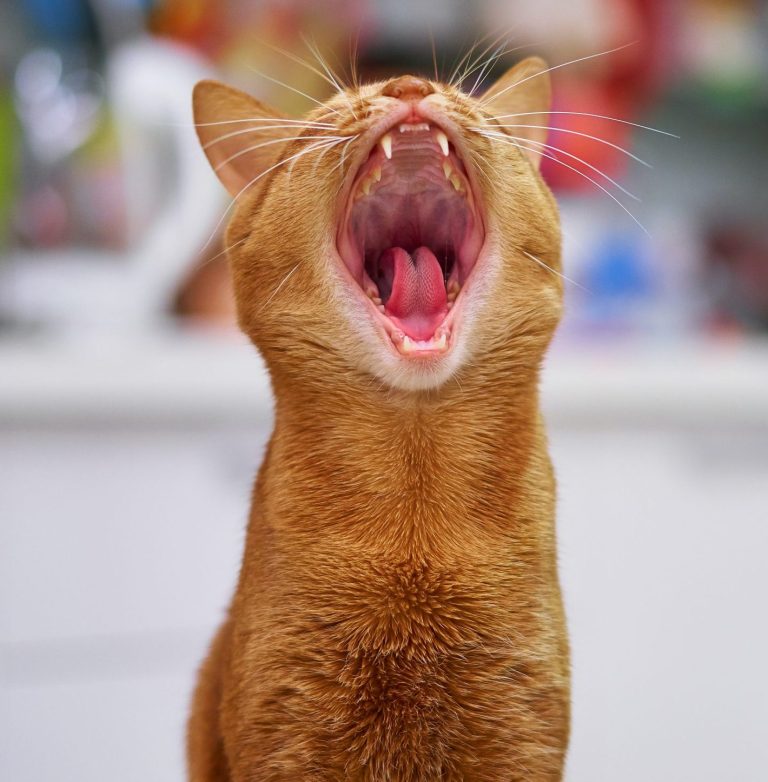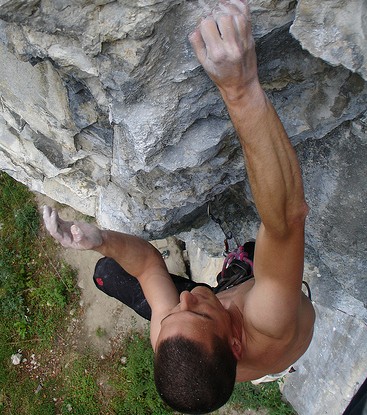Brainstorming Your Perfect Protagonist
Fiction readers love a great protagonist—someone who is multidimensional, dealing with lots of inner conflict, and passionate about something that…

Fiction readers love a great protagonist—someone who is multidimensional, dealing with lots of inner conflict, and passionate about something that…

When writers talk about “voice,” they are usually referring to an author’s style of writing. Agents use this definition too….

Today’s guest post is by Becca Puglisi. If you’re writing a story in which your character will need to evolve…

This material ran on my blog four years ago, but it’s worth sharing again! Most fiction writers know that character…

This post originally ran on Jane Friedman’s blog. Understanding these “3 M’s” is crucial if you want to craft believable…

Today’s guest post is by Lisa Rowan: Whether you’re kicking off the new year by tackling a new writing project,…

Today’s guest post is from Robert Morris: There isn’t a writer who has never experienced a motivational block. Sometimes your…

Today’s guest post is the second of two from author Becca Puglisi. With her blogging partner, Angela Ackerman, she has written…

Today’s guest post is the first of two from author Becca Puglisi. With her blogging partner, Angela Ackerman, she has written…

Subscribe to my email blasts to level up your writing and be notified of upcoming events and offers!
No products in the cart.